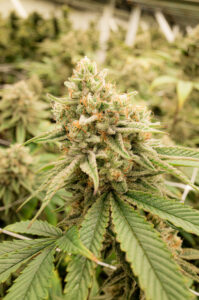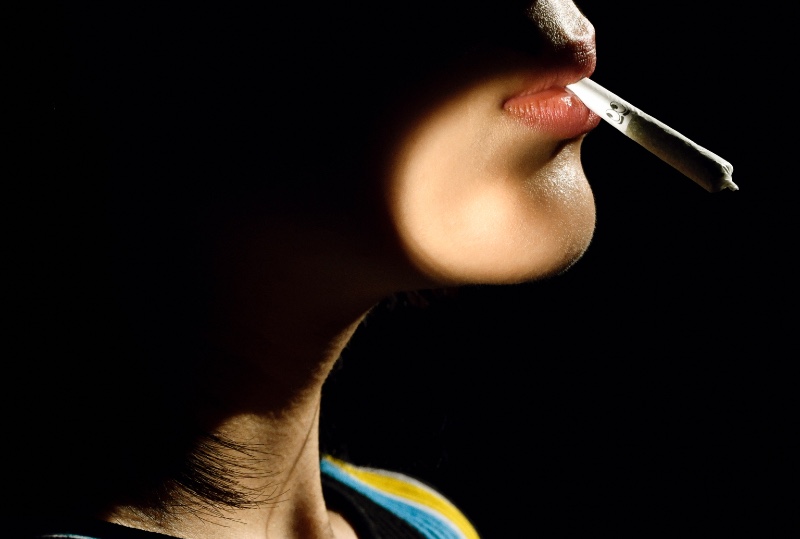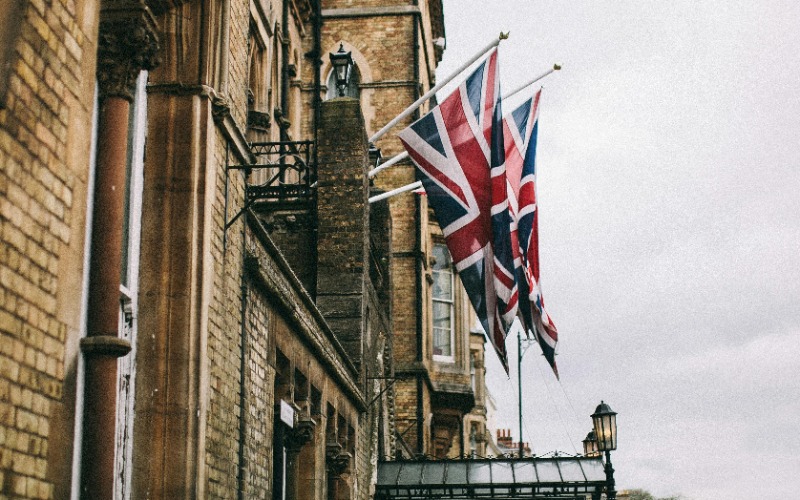Although cannabis consumers are highly focused on safe, high-quality products that are effective, how often are consumers thinking about the ethos with which cannabis companies operate?
As the cannabis community continues to evolve, many are realizing that buying responsibly from companies who care can make a real difference in the industry and in the world.
After all, the process of buying cannabis is different from buying other products in so many ways.
Legalization creates layers of complexity for the buyer’s journey depending on the geography of that journey.
But to really understand just how different buying cannabis is, when compared to buying most other products, it’s important to look in two other directions: equity and sustainability.
Equity in the Consumer Journey

First, it’s important to take a look back in history — specifically at the American media, where false information has been propagated for decades.
Nearly a century ago, in fact, the Federal Bureau of Narcotics, now called the DEA, renamed cannabis “marijuana.”
In the 1930s, according to Robyn Lawrence, author of Pot in Pans: A History of Eating Cannabis, the U.S. government rolled out a rebranding campaign depicting cannabis as “a frightening ‘new’ drug used primarily by Mexicans and African Americans that could turn upstanding, middle class (white) kids into helpless victims and raging monsters.”
Then in 1994, Harper’s magazine interviewed former domestic policy chief John Ehrlichman, who admitted in that interview that the government intentionally criminalized hippies and black people in order to “disrupt those communities.”
Ehrlichman is quoted as saying, “We could arrest their leaders, raid their homes, break up their meetings, and vilify them night after night on the evening news. Did we know we were lying about the drugs? Of course we did.”
And from there, the rest is history.
Today, research conducted by the ACLU shows that there is racial profiling and bias in marijuana enforcement.
Black people are 3.6 times more likely than white people to be arrested for marijuana possession, despite similar usage rates.
Contrary to what many might believe, this disparity has not improved during the last decade.
In fact, the trends have become more alarming in most states.
But there is hope.
Cannabis buyers who are committed to restoring equity can take small steps in order to begin creating a brighter future.
What You Can Do
Buying ‘ethical weed’ is one solution.
• Buyers can support organizations committed to ensuring some of the revenue generated is rerouted to rebuilding communities and preventing unjust and inequitable incarceration.
• Ask your dispensary about their ethical practices and if they can’t provide any, find one who can. Or, if you buy online, do just a little research.
Using your voice, your vote, and your wallet is another solution.
• Contact your senators and representatives to rail against bias in marijuana enforcement.
• Support organizations like The Drug Policy Alliance, which works to fund prisoner reentry programs, or invest in communities that have been heavily affected by biased mass incarcerations.
Sustainability in the Consumer Journey
Sustainability initiatives are making their way onto corporate radar across a variety of industries.
And the cannabis sector is no different.
Some find it ironic, considering the cannabis plant, on its own, is quite sustainable.
Cannabis grows quickly in a wide array of atmospheric conditions after all.
Cannabis can also be called eco-friendly.
Farmers in Italy have been known to cultivate cannabis in order to decontaminate polluted soil.
And the hemp varietal actually absorbs and reduces global atmospheric carbon dioxide.
But despite the product’s environmental friendliness, the cannabis sector of the economy is not so environmentally friendly.
The legal cannabis sector struggles to live up to the carbon-negative hype of the plant itself.
Sustainability in the cannabis industry is hampered by lighting, irrigating, and packaging problems.
• Indoor growing practices to generate just 1 kilogram of cannabis can produce as much carbon dioxide as three million cars, according to a study by the Global Footprint Network.
• One single plant can consume as much as 150-250 gallons of water to reach the flowering state.
• Because of hefty federal requirements, many companies resort to plastic packaging for its affordability. And that plastic can be up to 30 times the weight of the product it contains.
What You Can Do

How often do consumers give thought to where the product is coming from and where the packaging ultimately goes?
According to one Nielsen report, 73% of Millennials are willing to pay more for sustainable goods, and this includes packaging.
When more consumers become mindful about where the product is coming from and where the packaging ultimately goes, this percentage can surely increase.
Look for responsible dispensaries and packaging take-back programs like one started in early 2020 in Colorado.
Unrecyclable vape cartridges and other plastics that go out the door with customers are taken back in an effort to avoid clogging up the recycling system.
Equity & Sustainability — One Business Doing Both

Many cannabis businesses tout their innovative ideas for remaining profitable and keeping an eye on ethical practices and sustainability.
But there is one company that lets those practices lead and is seemingly keeping that one eye on profitability.
The company clearly states on their website, “We will never put profits over a clean and beautiful earth.”
Pure Beauty is a Los Angeles company with a brand that combines cannabis with ultra-hip streetwear vibes.
The company, who prioritizes a high-quality flower, also has a serious moral compass.
The female and minority-owned company views the history of injustice within the industry as a call to action to promote equity and fairness.
Pure Beauty donates a portion of their proceeds to fund programming for current and post incarcerated populations.
That’s not all.
At Pure Beauty, all of the water used in their cultivation is collected from the air.
Not one drop comes from the California tap.
The cultivation practices have zero runoff because even “eco-friendly” fertilizers and nutrients can contaminate surrounding water supplies, making life inhabitable for indigenous species.
Pure Beauty also creates soil “food webs” for insects and then donates by-product soil to public parks.
And while they are legally bound to properly package their products, Pure Beauty makes every effort to use as little packaging as possible.
Most of the packing material is paper and they’ve been perfecting a child-resistant mylar bag made from plant starch.
Just when it seems Pure Beauty sounds too good to be true, they top it off with modesty and say: “We’re not perfect, but we’re trying.”
All photos courtesy of Pure Beauty.








